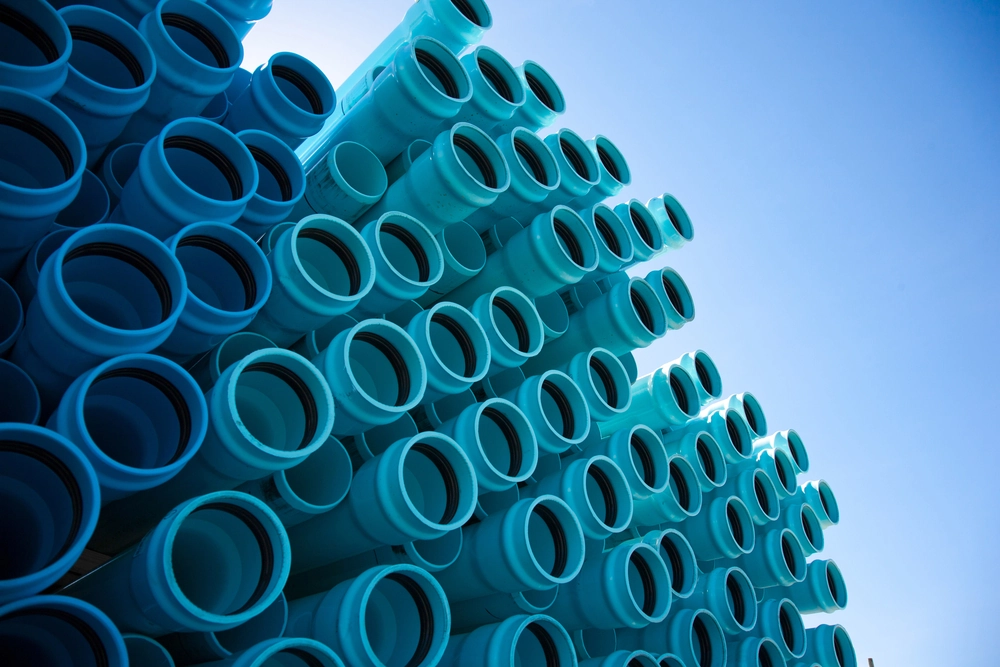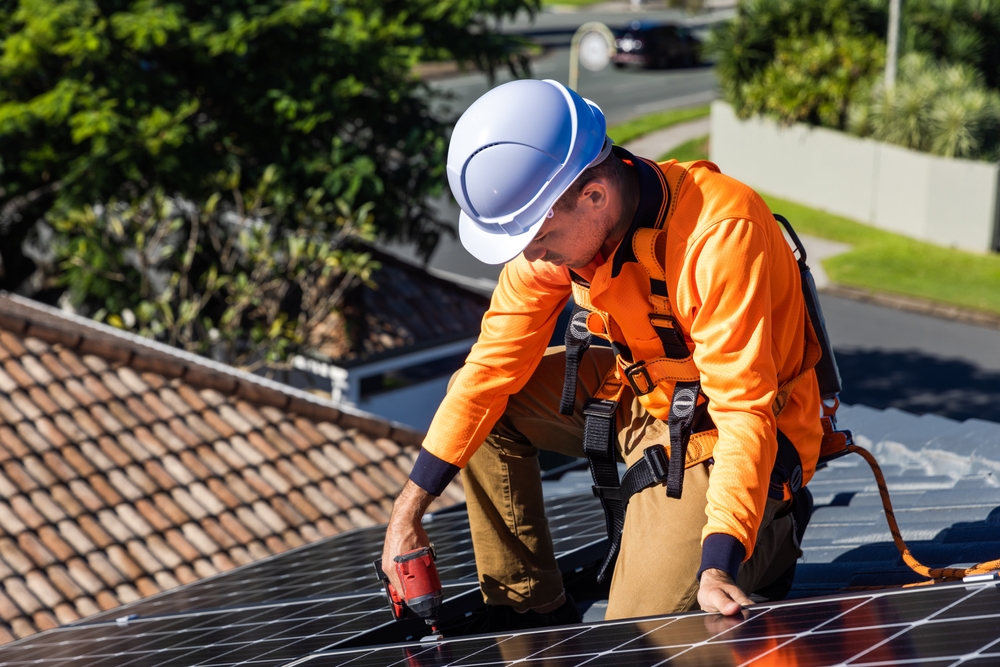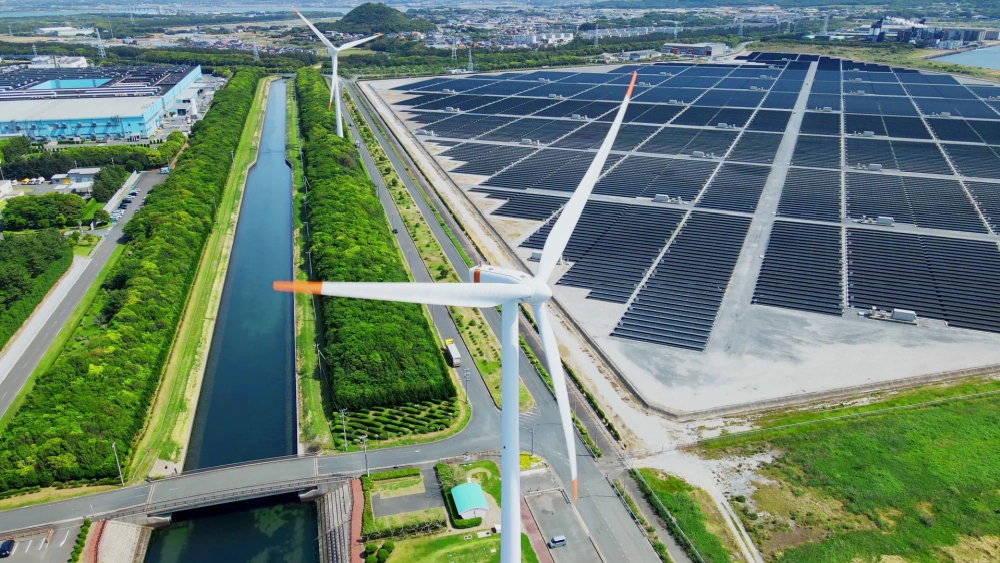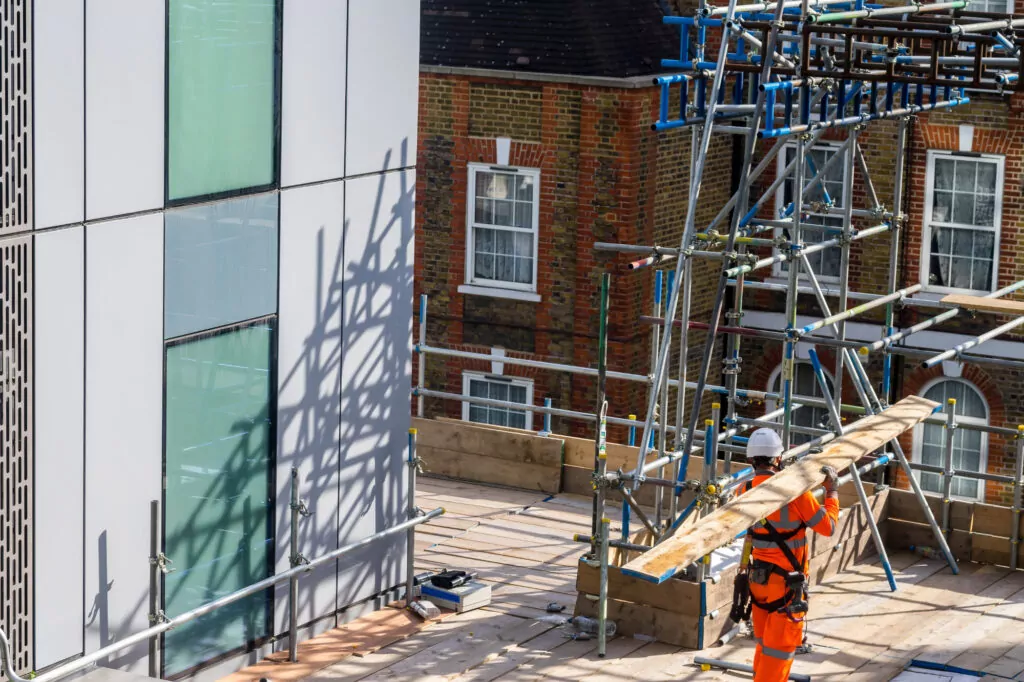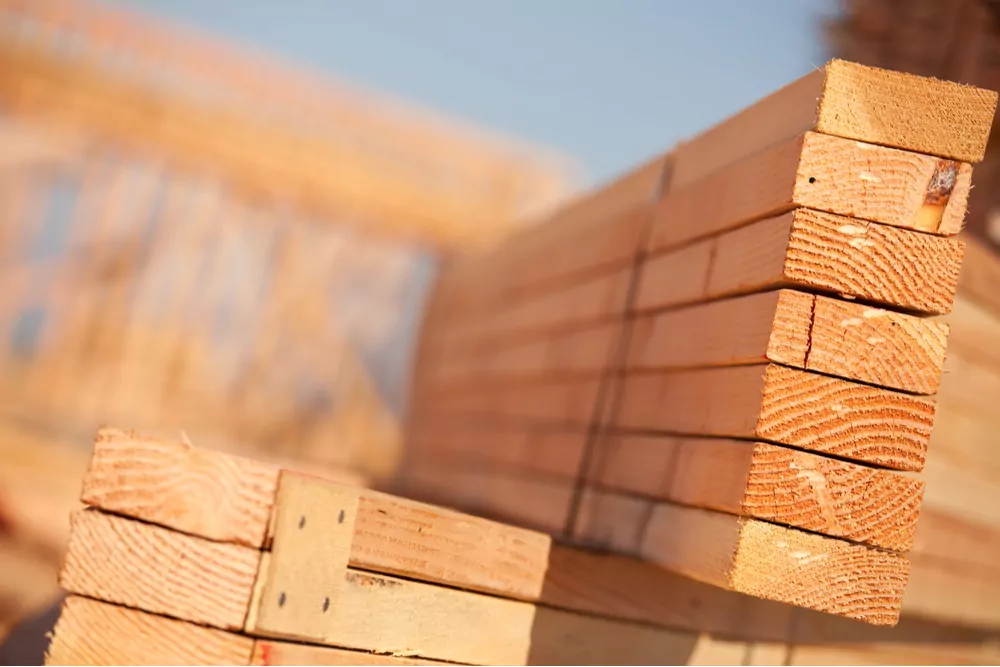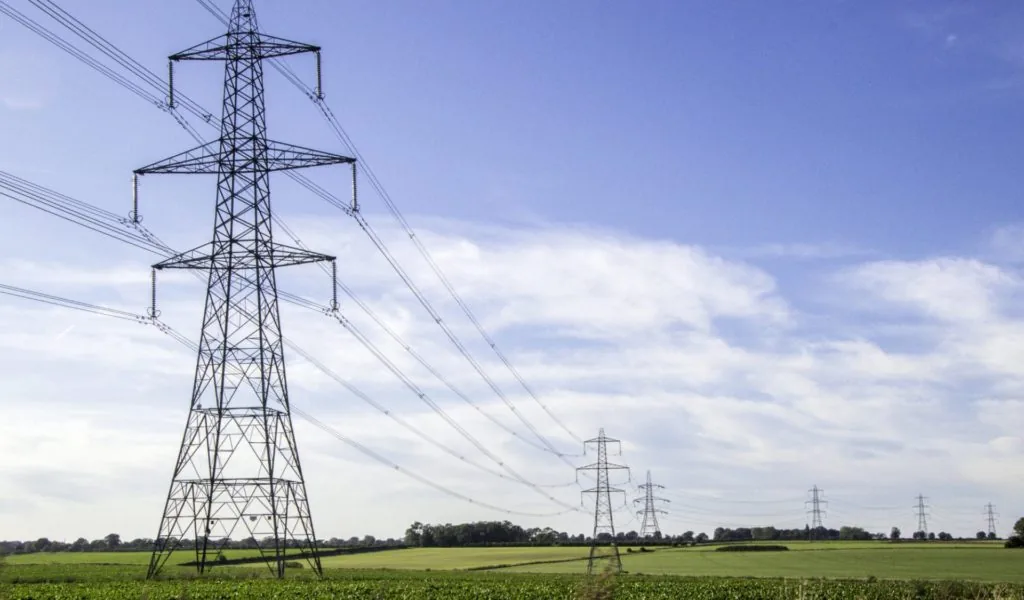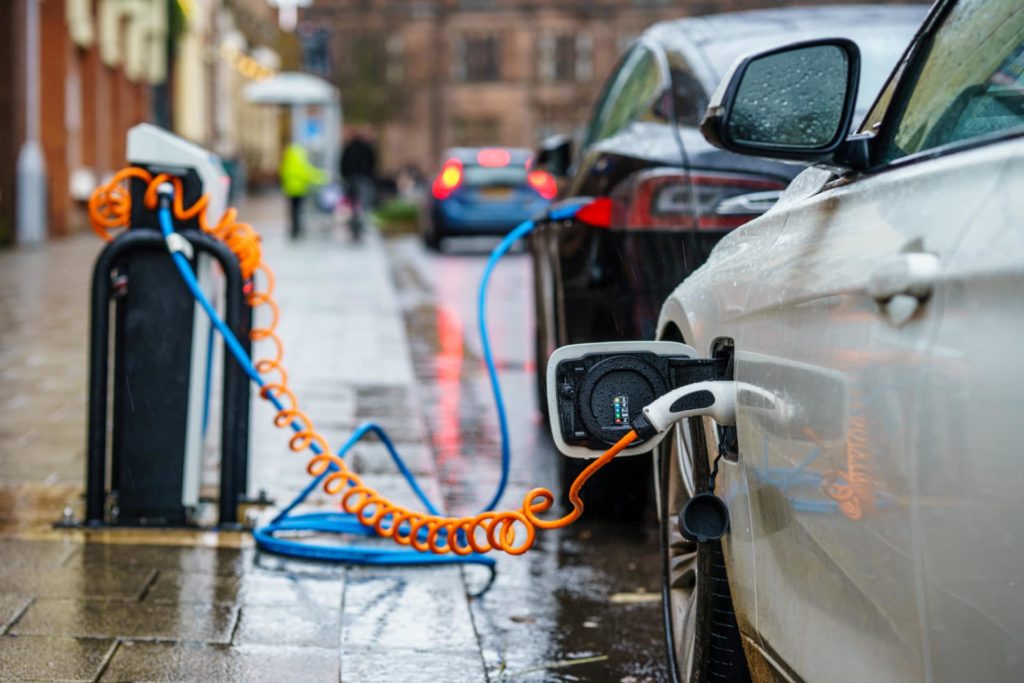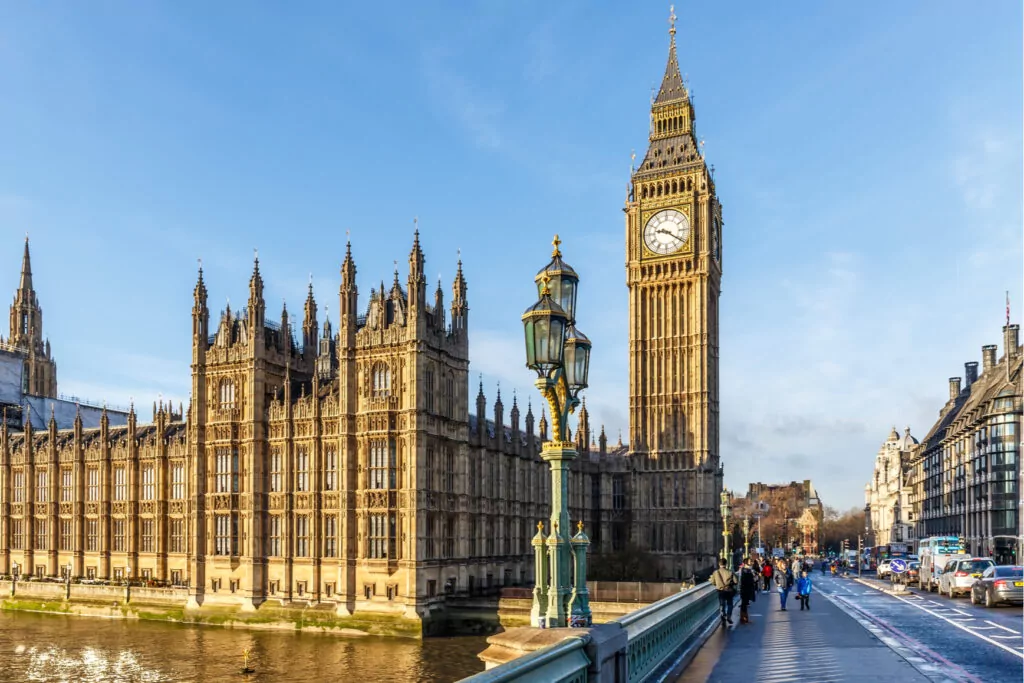
NASA sued for space debris in potentially precedent setting case

By John Catchpole, Halo Garrity
28 Jun 2024 | 4 minute read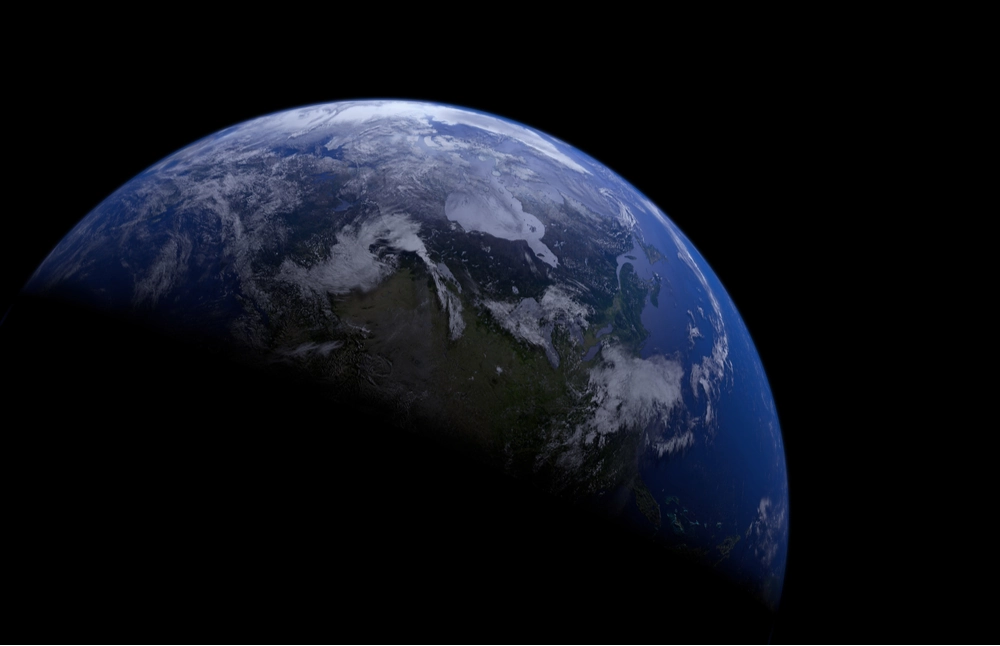
In 2021 a routine operation took place on the International Space Station and a cargo pallet containing aging batteries was jettisoned. NASA expected this piece of debris to fully burn up on entry into the Earth's atmosphere. However, a metal support used to mount the batteries on the pallet partially survived the entry and in March 2024 smashed through the roof of a Floridian family house. The family's son was home at the time but thankfully no injuries resulted, although the property was damaged.
The claim
The house in question belongs to the Otero family, who are claiming $80,000 in compensation from NASA. Their claim includes non-insured property damage loss, business interruption damages, emotional/mental anguish damages, and the costs for assistance from third parties required in the process.
The law
The claim has been submitted by the Cranfill Sumner LLP law firm in the USA under US negligence laws, specifically the Federal Torts Claims Act (FTCA).
Liability Convention
The Outer Space Treaty of 1967 (the OST) created liability rules relating to space which were expanded on by The Convention on International Liability for Damage Caused by Space Objects of 1972 (the Liability Convention). So why can't the Otero family claim for the damage to their house, which has been confirmed as being caused by a space object, under this regime?
Key provisions of the Liability Convention
The USA is one of the signatories to the Liability Convention. Under its provisions states (countries) bear international responsibility for all space objects that are launched within their territory and are fully liable for damages that result from that space object. If two states work together to launch a space object then they are jointly and severally liable for the damage caused.
A key point is that claims under the Liability Convention must be brought by one state against another state. The Otero family cannot bring a claim, they would have to ask the US government to bring a claim on their behalf. The Otero family would therefore be asking the US government to bring a claim against itself. Even if this was not hopelessly circular the Liability Convention already expressly forbids this, with Article VII of the Liability Convention commanding that the Convention’s terms “shall not apply to damage caused by a space object of a launching State to . . . nationals of that launching State."
Potential precedent
Mica Nguyen Worthy, a Partner at Cranfill Sumner LLP, has said that "…the U.S. government, through NASA, has an opportunity to set the standard or ‘set a precedent’ as to what responsible, safe, and sustainable space operations ought to look like." The case seeks to set a precedent for space debris claims in the private and public sectors.
Under the FCTA, NASA has six months to respond to the claims. NASA has already confirmed its ownership of the debris, the question is how it will approach the issue of compensation. As this is unlikely to remain an isolated case their decision could have long standing ramifications.
Future space debris
We've written about the issue of space debris before and it is an increasingly urgent topic when discussing space sustainability. This month space debris from a SpaceX Crew Dragon was found on a walking trail and in gardens in North Carolina, with the largest piece being the size of a car bonnet – a sizeable piece of debris. This part of the Crew Dragon was predicted to burn up entirely upon re-entry, however this debris fall and others in Canada and Australia show the expected total burn up may not occur.
SpaceX also recently announced plans to deorbit 100 Starlink satellites due to a flaw in their design, with the plan that these will burn up in re-entry. This has led to lively discussion on the possible environmental impact on Earth's atmosphere, but the chance of some parts of these satellites surviving the transit and causing damage on Earth is also worthy of consideration. (The FAA issued a report in October 2023 estimating Starlink satellites could injure or kill one person every two years if debris survived re-entry, which SpaceX contested).
Future law
Only one claim has been filed under the Liability Convention, when in 1978 the nuclear-powered Soviet satellite Kosmos 954 crashed onto Canadian territory. The Liability Convention does not consider individuals who may want to bring claims, or how liability should be allocated for the actions of bad actors, for example, if a satellite were to cause damage subsequent to being hacked. In common with the OST the Liability Convention has gaps when seen as a framework for the commercially driven exploration of space currently underway.
With increasing amounts of space objects being launched, and more regular reports of debris falls, the potential for damage caused by debris grows. Those individuals who suffer damage from debris seeking redress may find it comes from legal frameworks other than the Liability Convention.
Our advice
Jonathan Grigg, Partner and Head of Dispute Resolution at Foot Anstey advises "This is an interesting scenario which highlights one of the numerous gaps in international law applicable to commercial space activity. Where legal gaps are uncovered we often look to other existing and analogous legal frameworks and consider whether these accepted legal principles could fill the gap; for example, parallels are often drawn between space law and the law of the sea.
In this instance (and to the disappointment of interested space lawyers) the US government will be in no rush to set a legal precedent and I expect the case to settle out of court. However, the case may well increase pressure on law makers in the US, and elsewhere, to bump the issue of space debris and liability up the legislative priority list…"
This is an emerging area of liability so ensure you speak to advisers who know the space industry well regarding your space business plans. Our specialist space lawyers are happy to assist, please contact a member of the team below.
















